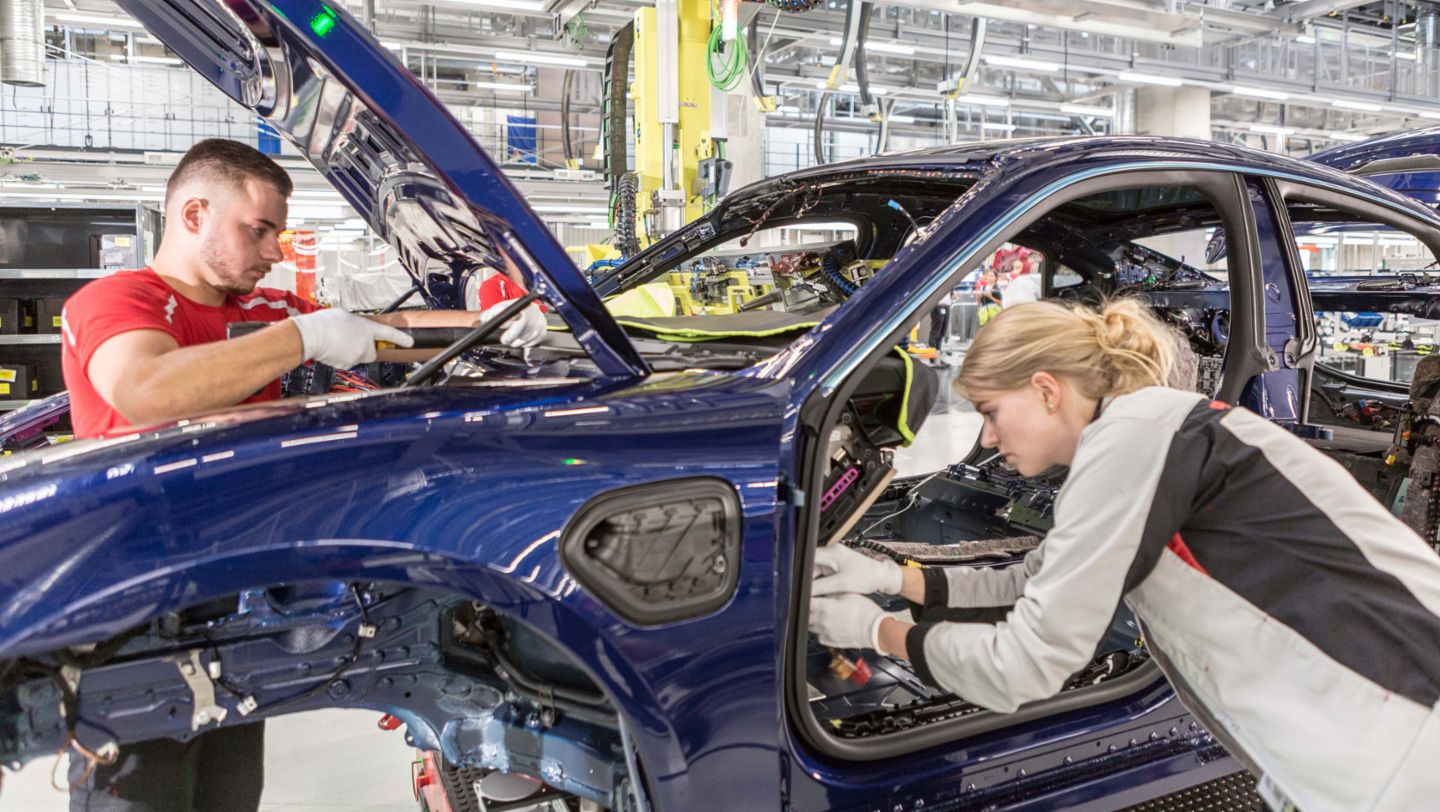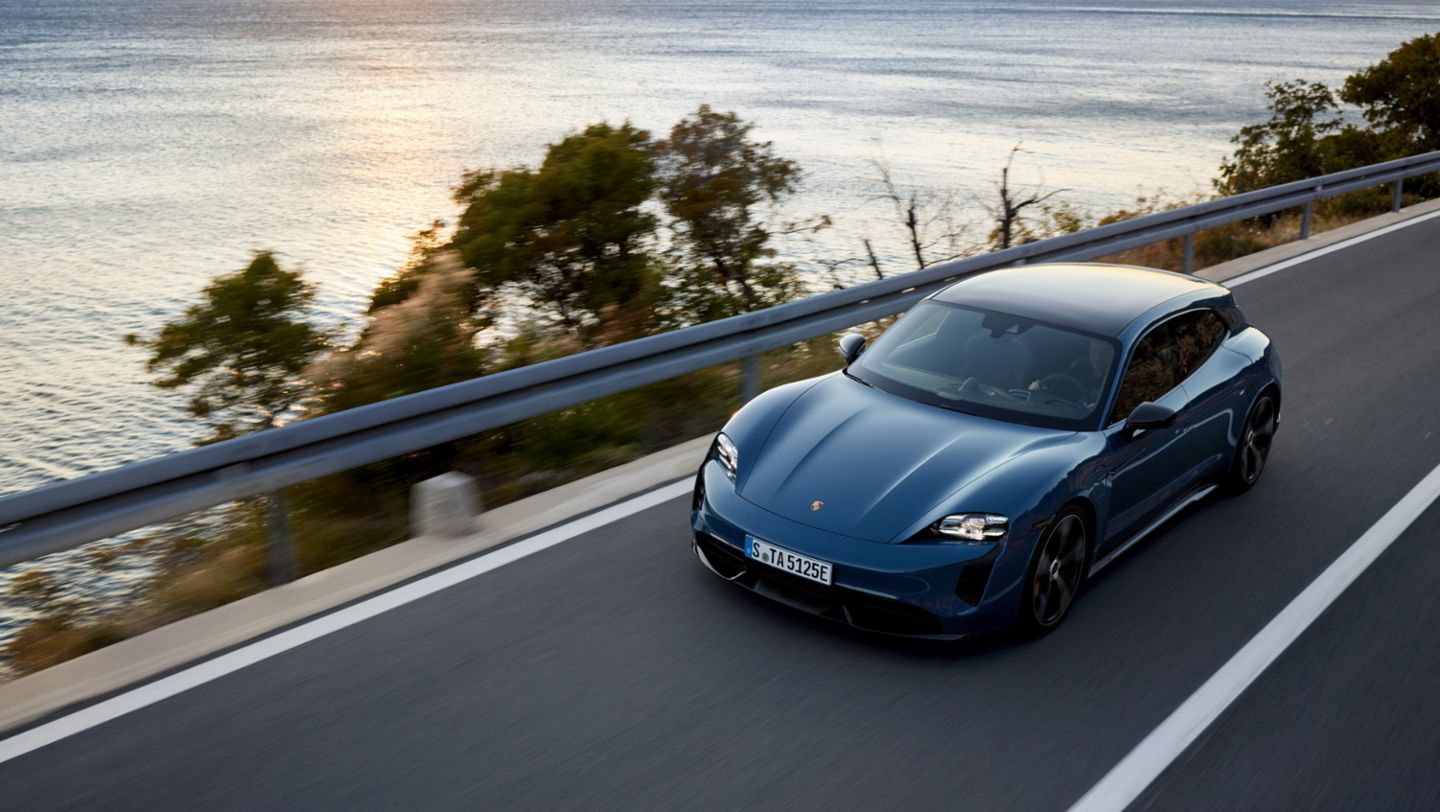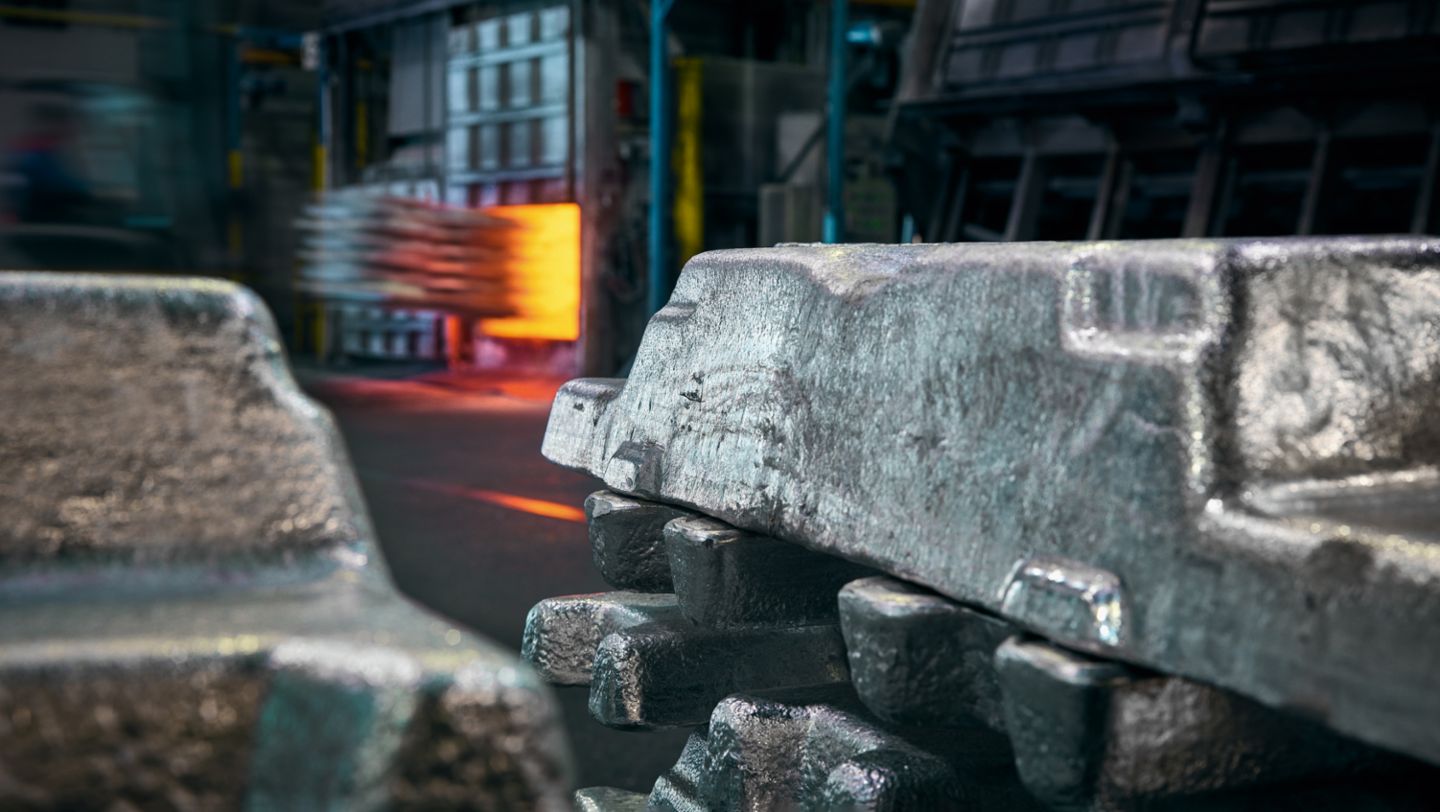Advancing climate change means the global automotive industry has obligations. Newly developed vehicles and drive systems need to contribute to a significant reduction in global CO₂ pollution. Therefore, Porsche aims to reduce the CO₂ emissions of its entire value chain, including throughout its vehicles’ life cycles. The company is intensively expediting the electrification and hybridization of its range of vehicles to this end. The vehicles are at the heart of an extensive and comprehensive decarbonization program.
Target: decarbonization and net carbon neutrality
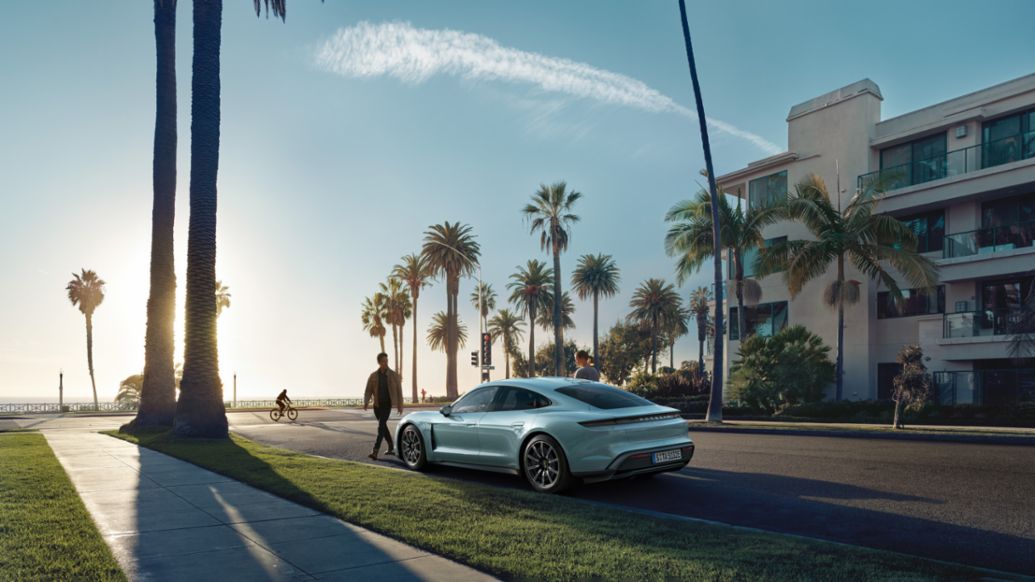
Porsche has initiated an extensive decarbonization program. The company aims to be net carbon neutral1 across the entire value chain of its vehicles by 2030. This is its contribution to the UN’s climate targets being achieved.
The decarbonization program contains concrete measures. They are based on three guiding principles, which also represent the priorities in descending order: the decarbonization program contains concrete measures. They are based on three guiding principles, which also represent the priorities in descending order: at the top of the list are measures to avoid or reduce CO₂ emissions. Second come measures designed to switch the energy sources used in the value chain to less CO₂-intensive or to renewable energies. Thirdly, unavoidable CO₂ emissions (especially emissions that are technically unavoidable or only avoidable at unreasonable economic cost) are offset via carbon offset projects. These projects are expected to comply with strict, internationally recognized standards.
Decarbonization Index
The Decarbonization Index (DCI) is a meaningful instrument for reporting and controlling progress across all the divisions. The goal of the DCI is to present the emissions in CO₂ equivalents throughout the entire value chain. It is based on a life cycle assessment of the vehicles. A life cycle assessment examines environmental impacts such as the CO₂ footprint caused throughout a vehicle’s life cycle during manufacture, use, and recycling. This encompasses the following:
It includes both direct and indirect CO₂ emissions of production sites (Scope 1 and 2) as well as additional upstream and downstream CO₂ emissions, from raw material extraction to recycling (Scope 3).
In cooperation with the Volkswagen Group, Porsche modifies the composition, valuation methods, and methodology of the DCI on a regular basis, due to changes in internal or external requirements (such as test cycles), or in light of advancements in findings. DCI values previously published can therefore be adapted to new premises and be changed for the purposes of obtaining a methodologically consistent time series.
The DCI is the most important strategic performance indicator in terms of the transparent, comprehensive management of the company’s progress towards net carbon neutrality. At Porsche , the DCI on a company level is reported by committees up to the level of the Executive Board. With regard to the DCI on a vehicle level, the product development process for individual vehicles involves regular reporting to the relevant Executive Board committees.
The DCI increased slightly by 0.2 % year-on-year, even though measures were put in place to accelerate the reduction of CO₂. This was essentially due to increased consumption by fleet vehicles resulting from supply chain bottlenecks and the limited availability of parts for the first all-electric Taycan model.
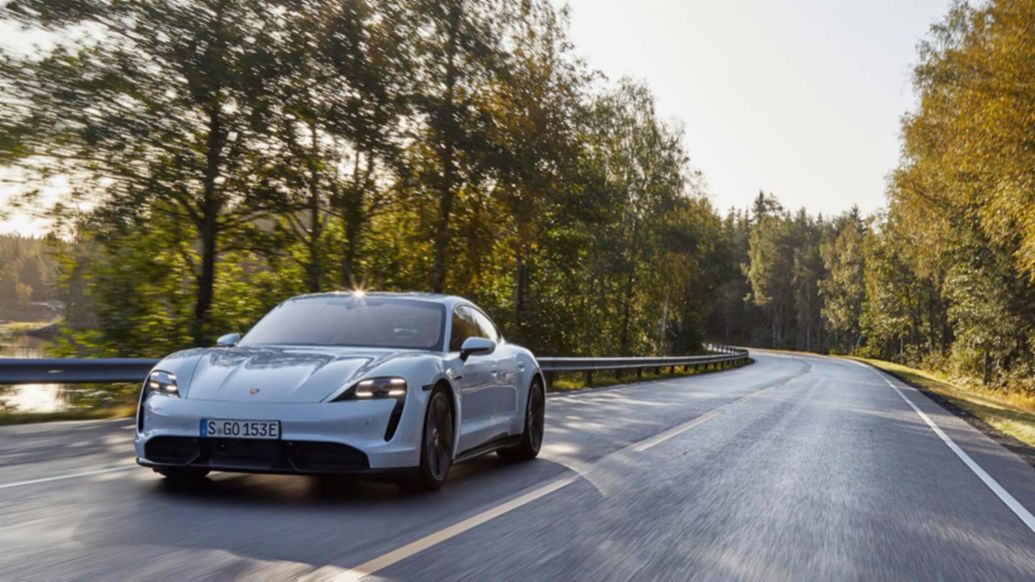
1This target covers Scope 1, Scope 2, and Scope 3 emissions as defined by the Greenhouse Gas Protocol. Net carbon neutrality along the value chain describes Porsche’s ambition to avoid and reduce CO₂ emissions, especially during production (Scope 1 and Scope 2 emissions), in the supply chain and use-phase of the vehicles delivered (upstream and downstream Scope 3 emissions), but also in other Scope 3 categories, such as professional travel. Avoided emissions and removals (offsets) are included in Porsche’s decarbonization strategy; remaining emissions should therefore be offset in order to achieve net carbon neutrality. Emissions of vehicles delivered prior to achieving net carbon neutrality are not taken into account for the calculation of the carbon balance. Porsche ’s ambition depends upon various factors, for example, technological progress that has not yet been fully developed, as well as regulatory or economic developments that are outside Porsche’s control and may therefore not be realizable.
² Due to the changes to the previous methods of collecting logistical data, the actual value for the 2022 financial year is currently unavailable as a calculation basis. In 2022, logistical data were therefore acquired on the basis of the average CO₂ emissions of the part of the Volkswagen Group (excluding the Porsche AG Group) included in the DCI for the 2022 financial year, multiplied by 1.3. This value is higher than in 2021.
³ In deviation from the publication in the previous year, the DCI value for 2020 has been adjusted from 65.3 to 65.0 t/vehicle. The difference is due to CO₂ reduction measures in the supply chain

